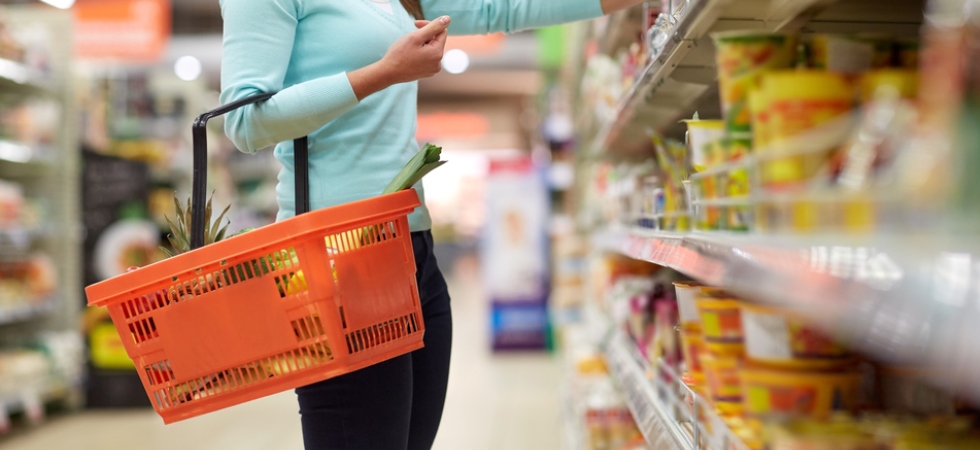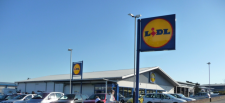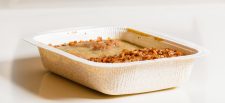New data from Kantar shows that grocery price inflation has fallen below 10% for the first time since July 2022, sitting at 9.7% for the four weeks to 29th October 2023.
During the same period, take-home grocery sales rose by 7.4% compared with the previous year.
Lidl was the fastest growing retailer over the four week period, with sales over the previous 12 weeks up by 14.7%. Fellow discounter Aldi sat beside Waitrose as one of two grocers to increase its number of shoppers year-on-year, attracting 207,000 more customers than 2022. Aldi and Waitrose grew sales by 13.2% and 5.4% respectively to take 9.7% and 4.6% of the market.
Sainsbury’s was the fastest growing “traditional” supermarket, with sales up 10.1% over the 12 weeks to 29th October compared to last year. Growing ahead of the market, the retailer now holds 15.2% share, up from 14.9% last year.
Tesco gained shares for the fourth consecutive month to take 27.4% of the market, an increase of 0.4% when compared to 2022, as year-on-year growth reached 9.5%.
Morrisons has now been back in growth for seven months, with sales in the latest period up by 3.2%. It now holds 8.6% of the market and Asda stands at 13.6%. Co-op sales grew by 5.2%, the fastest rate since March 2021. Its market share stands at 6%, with baskets less than £20 in value pushing the figure up to 16.9%.
Iceland now accounts for 2.1% of the market, as sales increased by 2.6% over the 12 weeks. Online-only grocer Ocado’s market share rose to 1.7%, while its year-on-year sales grew by 12.6%.
Customers switch to cheaper baskets
Fraser McKevitt, head of retail and consumer insight at Kantar, commented: “Grocery price inflation has finally dropped into single digits after 16 months of double digit growth, marking a big milestone for the British public and retailers.
“While the drop to 9.7% is positive news and something of a watershed, consumers will still be feeling the pinch. We’re only seeing year-on-year price falls in a limited number of major categories including butter, dried pasta and milk.”
McKevitt continued: “Retailers continue to look at ways of softening the blow for shoppers and slowing the rate of price rises. This has included upping the ante on promotions – every single one of the grocers increased the proportion of sales through deals versus last year which is something that has only happened on one other occasion in nearly ten years.
“Consumer spending on promotions has now hit 27.2% of total grocery sales – the highest level we’ve seen since Christmas last year. This is a big gear shift from October 2022 when this figure was less than a quarter.”
McKevitt explained: “It’s now been over a year and a half of pinched pockets and people are continuing to respond by trading down on the items they’re putting into their baskets. Own label lines have grown ahead of their branded counterparts every month since February 2022, with the latest four weeks showing a sales boost of 8.0% for these lines.
“However, the picture may well change as we go headlong into the festive period, when shoppers typically turn more to brands. The gap between own label and branded goods is at its narrowest since spring last year. Branded sales increased by 6.7% in the latest month, raising the distinct possibility that they will push ahead by Christmas.”









